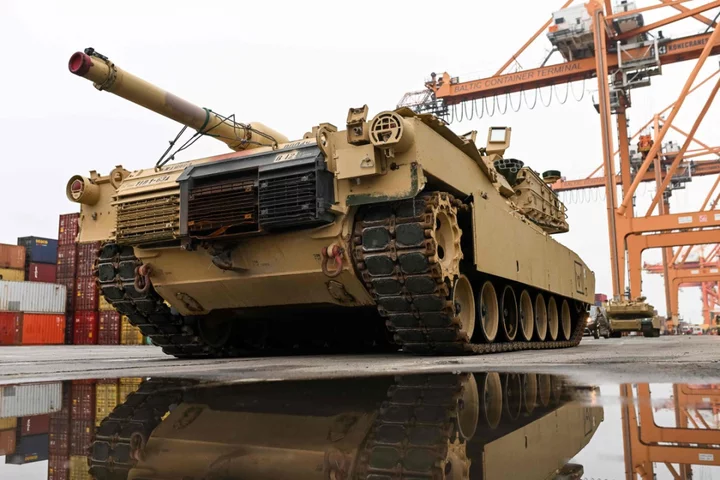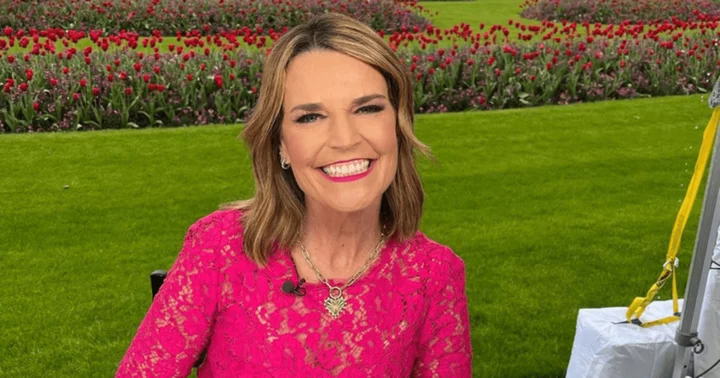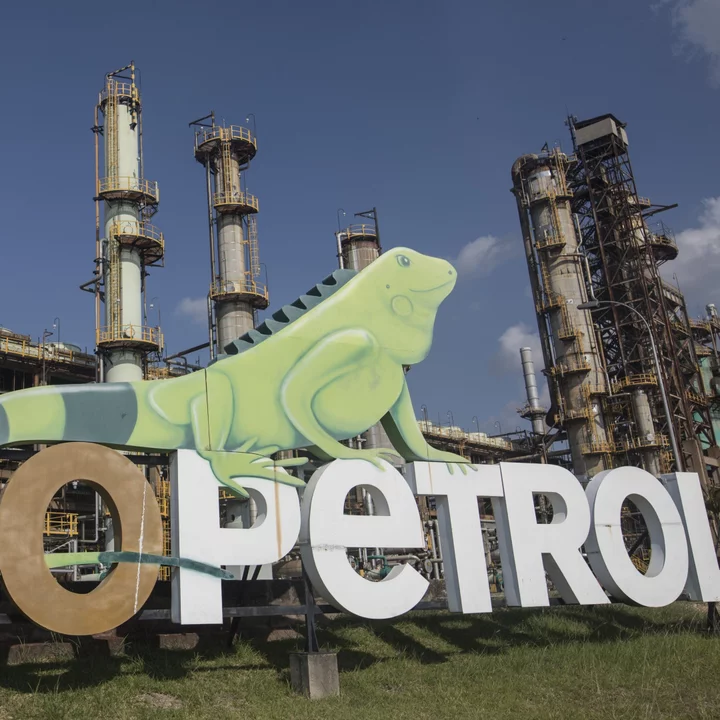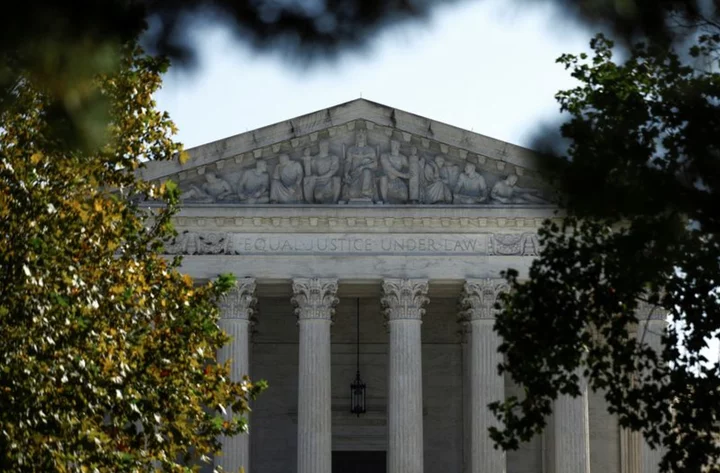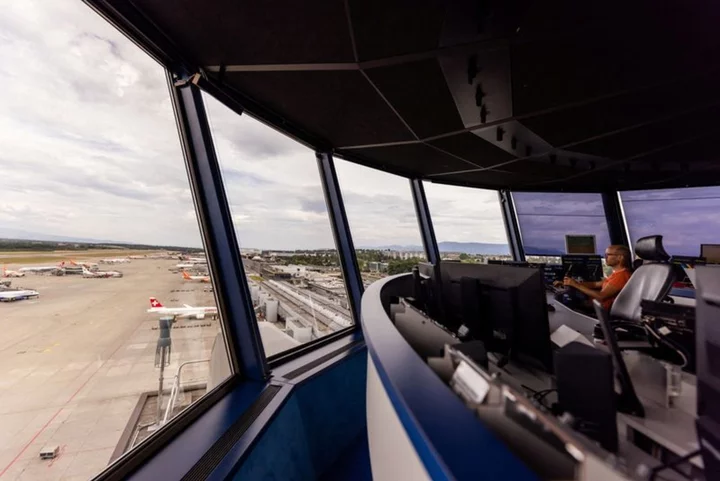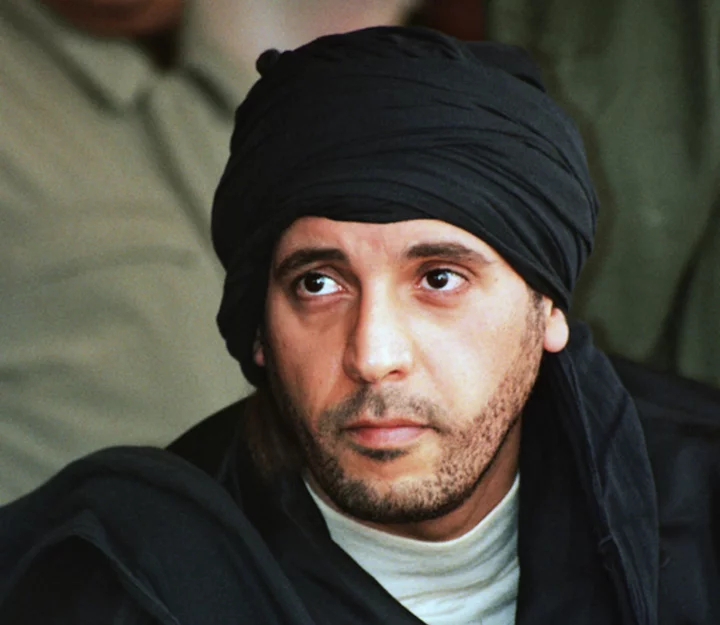The US has pledged to send 31 of its M1 Abram battle tanks, worth an estimated $400m, to Ukraine to help the resistance fight back against the Russian onslaught as the one-year anniversary of Vladimir Putin’s invasion approaches. Anatoly Antonov, Russia’s ambassador to the US, said the decision by Joe Biden’s administration amounted to “another blatant provocation” against Moscow, pledged that the tanks would be destroyed and warned the West it would come to regret the “delusion” that Ukraine could ever win the day. Russian state TV has since made a point of mocking the Abrams as “battered” and prone to getting stuck in a segment downplaying the threat the new additions to Kyiv’s arsenal pose. Ukraine’s president Volodymyr Zelensky has said he believes tanks are crucial to replenish his nation’s military hardware ahead of what he says will be increased Russian offences in the spring, with intense fighting already seen in eastern Ukraine for weeks. Kyiv also wants them to boost its bid to recapture territory taken by Moscow’s forces earlier in the conflict. Germany has dithered on the question of whether to answer Mr Zelensky’s appeal for tanks but has since agreed to send Leopard 2 models, with Poland, Canada, Norway and Spain now looking set to follow suit. When it comes to the M1s, experts have warned of the complex logistics involved in getting these high-tech vehicles to the battlefield. The extensive and tricky maintenance required for their use mean that it could be some time before they appear on the frontlines in Eastern Europe. The first M1 tank was manufactured by American armoured vehicle manufacturer General Dynamics Land Systems in 1978 and was first delivered to the US Army in 1980. Each model costs around $10m to make, according to Reuters. It has to be crewed by a team of four (driver, commander, loader and gunner), has a maximum speed of 42 miles per hour, has a maximum range of 624 miles and runs on a 1,500 horsepower gas turbine engine. The M1 is armed with an M256 120mm smoothbore cannon, as well as two machine guns: a 12.7mm and a 7.62mm M240. Defence industry expert Sydney Freedberg described them as “big vehicles, heavily armoured” to Al Jazeera, adding that they are “much better protected than anything the Soviets built, or anything the Russians currently have.” He also cautioned that they have been used far less often in Europe than the Leopard and could end up posing the Ukrainians problems, given that they require additional training and will need spare parts, warehousing and a high degree of care. “It guzzles fuel and the engine is difficult to repair and maintain,” Jack Watling, a senior research fellow for land warfare at the Royal United Services Institute, has also warned. More positive about their potential impact – while still favouring the Leopards over all – was retired US army general Mark Hertling, who commanded the 1st Armored Division in Iraq during the troop surge of 2007 to 2008, and who said in a Twitter thread: “The M1-series, in my view, is the best in the world.” He too stressed that training was “critical”, adding: “Having fired T-72s, Chieftains, Challengers, Leo IIs & Abrams, the M1 requires the most turret training.” Read More Ukraine-Russia news – live: Putin ‘shifting war to focus on Nato and West’ Russian shells kill 10 in Ukraine as Putin’s forces seek gains before Western tanks arrive Who is sending tanks to Ukraine?
The US has pledged to send 31 of its M1 Abram battle tanks, worth an estimated $400m, to Ukraine to help the resistance fight back against the Russian onslaught as the one-year anniversary of Vladimir Putin’s invasion approaches.
Anatoly Antonov, Russia’s ambassador to the US, said the decision by Joe Biden’s administration amounted to “another blatant provocation” against Moscow, pledged that the tanks would be destroyed and warned the West it would come to regret the “delusion” that Ukraine could ever win the day.
Russian state TV has since made a point of mocking the Abrams as “battered” and prone to getting stuck in a segment downplaying the threat the new additions to Kyiv’s arsenal pose.
Ukraine’s president Volodymyr Zelensky has said he believes tanks are crucial to replenish his nation’s military hardware ahead of what he says will be increased Russian offences in the spring, with intense fighting already seen in eastern Ukraine for weeks.
Kyiv also wants them to boost its bid to recapture territory taken by Moscow’s forces earlier in the conflict.
Germany has dithered on the question of whether to answer Mr Zelensky’s appeal for tanks but has since agreed to send Leopard 2 models, with Poland, Canada, Norway and Spain now looking set to follow suit.
When it comes to the M1s, experts have warned of the complex logistics involved in getting these high-tech vehicles to the battlefield. The extensive and tricky maintenance required for their use mean that it could be some time before they appear on the frontlines in Eastern Europe.
The first M1 tank was manufactured by American armoured vehicle manufacturer General Dynamics Land Systems in 1978 and was first delivered to the US Army in 1980.
Each model costs around $10m to make, according to Reuters.
It has to be crewed by a team of four (driver, commander, loader and gunner), has a maximum speed of 42 miles per hour, has a maximum range of 624 miles and runs on a 1,500 horsepower gas turbine engine.
The M1 is armed with an M256 120mm smoothbore cannon, as well as two machine guns: a 12.7mm and a 7.62mm M240.
Defence industry expert Sydney Freedberg described them as “big vehicles, heavily armoured” to Al Jazeera, adding that they are “much better protected than anything the Soviets built, or anything the Russians currently have.”
He also cautioned that they have been used far less often in Europe than the Leopard and could end up posing the Ukrainians problems, given that they require additional training and will need spare parts, warehousing and a high degree of care.
“It guzzles fuel and the engine is difficult to repair and maintain,” Jack Watling, a senior research fellow for land warfare at the Royal United Services Institute, has also warned.
More positive about their potential impact – while still favouring the Leopards over all – was retired US army general Mark Hertling, who commanded the 1st Armored Division in Iraq during the troop surge of 2007 to 2008, and who said in a Twitter thread: “The M1-series, in my view, is the best in the world.”
He too stressed that training was “critical”, adding: “Having fired T-72s, Chieftains, Challengers, Leo IIs & Abrams, the M1 requires the most turret training.”
Read More
Ukraine-Russia news – live: Putin ‘shifting war to focus on Nato and West’
Russian shells kill 10 in Ukraine as Putin’s forces seek gains before Western tanks arrive
Who is sending tanks to Ukraine?

